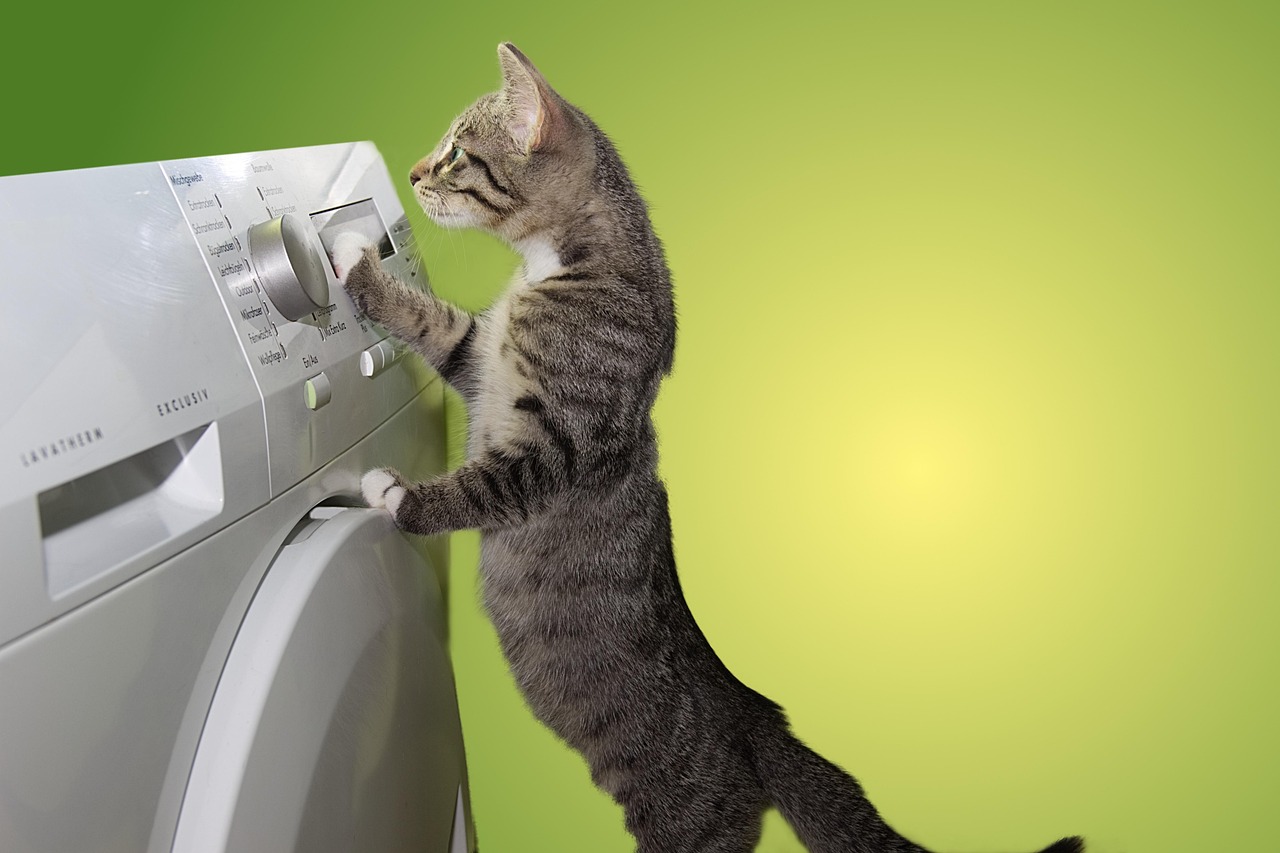If your Samsung fridge is not cooling or freezing, there could be several reasons for this issue. Here are some common causes and troubleshooting steps you can try:
1. Check the Power Supply
- Ensure the fridge is plugged in: Make sure the power cord is securely connected to the outlet.
- Check the outlet: Use a different device to test the outlet to ensure it is providing power.
- Check the circuit breaker: Ensure that the circuit breaker or fuse for the fridge has not tripped or blown.
2. Temperature Settings
- Verify the temperature settings: Ensure that the temperature settings are set correctly. The fridge should be set between 35°F and 38°F (1.7°C to 3.3°C), and the freezer should be set at 0°F (-18°C).
- Check the control panel: If the fridge has a digital control panel, ensure it is functioning properly and not displaying any error messages.
3. Condenser Coils
- Clean the condenser coils: Dust and debris can accumulate on the condenser coils, reducing efficiency. Unplug the fridge, locate the coils (usually at the back or bottom), and clean them with a brush or vacuum.
4. Door Seals
- Check the door seals: Ensure that the door seals (gaskets) are clean and tightly sealed. A poor seal can allow cold air to escape, causing the fridge to work harder.
- Test the seal: Place a piece of paper between the door and the fridge, and close the door. If the paper slides out easily, the seal may need to be replaced.
5. Evaporator Fan
- Check the evaporator fan: If the evaporator fan is not working, the fridge will not cool properly. This fan is usually located in the freezer compartment. Listen for the fan to start when the fridge is running.
- Clean the fan: If the fan is clogged with ice or debris, it may not function properly. Unplug the fridge and clean the fan.
6. Thermostat and Temperature Sensors
- Check the thermostat: If the thermostat is faulty, it may not be regulating the temperature correctly.
- Inspect temperature sensors: These sensors help the fridge maintain the correct temperature. If they are faulty, the fridge may not cool properly.
7. Refrigerant Leak
- Check for a refrigerant leak: A leak in the refrigerant system can cause the fridge to stop cooling. This is a more serious issue and requires professional repair.
8. Compressor
- Check the compressor: The compressor is the heart of the refrigeration system. If it is not working, the fridge will not cool. Listen for the compressor to start when the fridge is running. If you suspect a compressor issue, contact a professional for repair.
9. Blocked Air Vents
- Check for blocked air vents: Ensure that the air vents in the fridge and freezer are not blocked by food or other items.
10. Reset the Fridge
- Reset the fridge: Some models have a reset function. Refer to the user manual for instructions on how to reset the fridge.
11. Contact a Professional
- If the above steps do not resolve the issue: It may be time to contact a professional repair service. Samsung offers authorized service centers that can diagnose and repair more complex issues.
By following these steps, you can identify and potentially resolve the issue with your Samsung fridge. If the problem persists, it is advisable to seek professional assistance.







